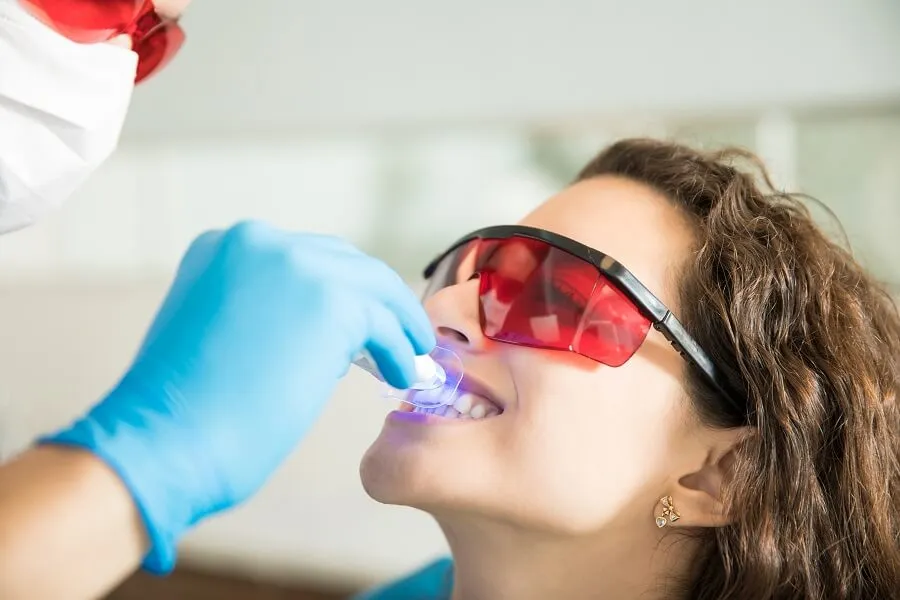The Basics of Tooth Whitening
Tooth whitening has become a popular cosmetic procedure, promising brighter smiles. With a myriad of options available, from over-the-counter products to professional treatments, it’s crucial to understand the potential risks involved. While a dazzling white smile is a common desire, it’s essential to be well-informed about the potential downsides and how these treatments can affect your oral health, particularly your enamel. This article delves into the top five facts you should know about tooth whitening risks, helping you make informed decisions about your dental care.
How Tooth Whitening Works
Tooth whitening typically involves the use of bleaching agents, most commonly hydrogen peroxide or carbamide peroxide. These agents penetrate the enamel and dentin, breaking down stain molecules and lightening the overall color of the teeth. The effectiveness of the process depends on the concentration of the whitening agent, the duration of its contact with the teeth, and the type of stains being treated. Professional treatments often use higher concentrations and can achieve more dramatic results, but also carry a higher risk of side effects. Understanding the mechanism behind tooth whitening is the first step in evaluating its potential impacts.
The Role of Enamel
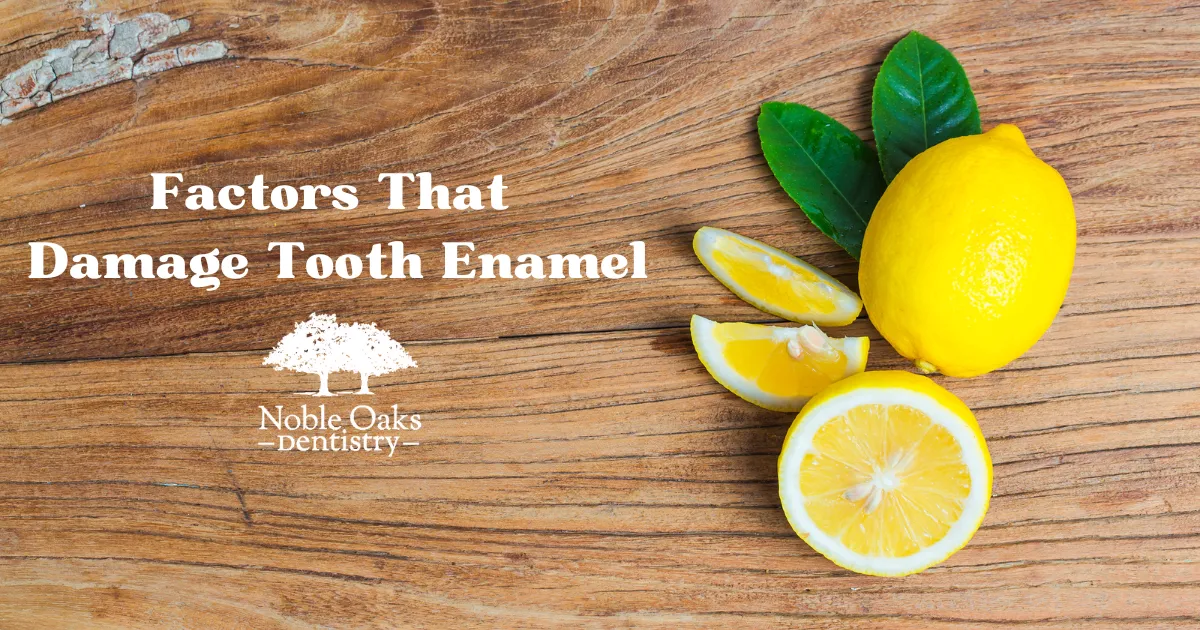
Enamel is the hard, protective outer layer of your teeth. It is the most mineralized substance in the human body, primarily composed of hydroxyapatite crystals. Enamel protects the underlying dentin and pulp from damage and sensitivity. The health and integrity of enamel are crucial for overall oral health, as it shields teeth from decay, erosion, and temperature sensitivity. Any treatment that affects enamel, including tooth whitening, warrants careful consideration to ensure it doesn’t compromise this vital protective layer.
Fact 1 Increased Sensitivity
One of the most common side effects of tooth whitening is increased tooth sensitivity. This can manifest as a sharp, shooting pain or discomfort when consuming hot, cold, sweet, or acidic foods and drinks. The sensitivity can range from mild to severe, and it typically subsides within a few days after stopping the whitening treatment. However, in some cases, the sensitivity can persist or become chronic, particularly if the whitening process is aggressive or if the enamel is already compromised.
The Cause of Sensitivity
The whitening agents used in tooth whitening can penetrate the enamel and dentin, reaching the nerve endings within the teeth. This irritation can cause the nerve to become more sensitive to external stimuli. The porous nature of enamel also allows these agents to pass through and cause irritation. Additionally, the process can dehydrate the teeth, further increasing sensitivity. The degree of sensitivity often depends on the concentration of the whitening agent, the duration of treatment, and the individual’s natural tooth structure.
Managing Sensitivity
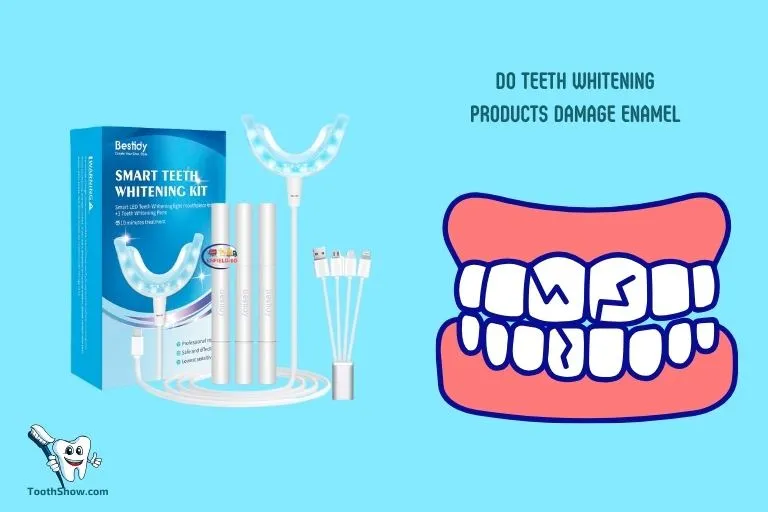
If you experience tooth sensitivity during or after tooth whitening, there are several strategies to manage the discomfort. Using a toothpaste designed for sensitive teeth, which contains ingredients like potassium nitrate, can help to desensitize the nerves. Avoiding extremely hot or cold foods and drinks can also minimize discomfort. Furthermore, consulting with your dentist is essential. They may recommend fluoride treatments or prescribe a desensitizing gel to strengthen the enamel and alleviate sensitivity. Reducing the frequency or duration of whitening treatments can also help.
Fact 2 Enamel Erosion
Overuse or improper application of tooth whitening products can lead to enamel erosion. While enamel is very strong, the bleaching agents used in whitening treatments can, over time, weaken and erode the enamel surface. This erosion can make teeth more susceptible to cavities, sensitivity, and overall structural damage. Enamel erosion is a serious concern because enamel doesn’t regenerate, meaning any damage is permanent and requires professional intervention to repair.
How Whitening Agents Affect Enamel
The active ingredients in whitening products, typically hydrogen peroxide or carbamide peroxide, break down into smaller molecules that penetrate the enamel. While this process is essential for stain removal, it can also alter the mineral composition of the enamel, making it more porous and vulnerable. This porosity increases the risk of staining from food and drinks and makes teeth more prone to damage from acids in the diet and oral bacteria. Moreover, the abrasive nature of some whitening products can physically erode the enamel surface over time.
The Role of pH levels
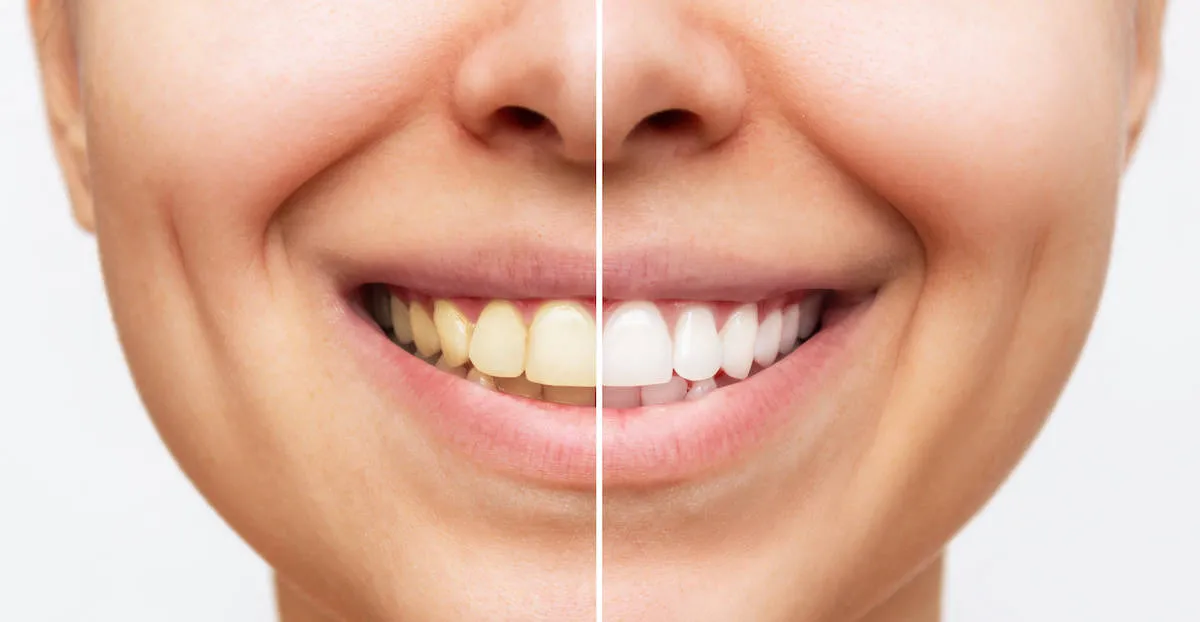
The pH level of the whitening agent is another factor that affects enamel. Highly acidic whitening products can further erode enamel, accelerating the damage. Maintaining a neutral pH level in your mouth is essential for protecting enamel health. Using a remineralizing toothpaste and avoiding excessive consumption of acidic foods and drinks can help to counteract the effects of enamel erosion and maintain a balanced oral environment.
Fact 3 Gum Irritation
Gum irritation, or gingivitis, is another potential side effect of tooth whitening. The bleaching agents can come into contact with the soft tissues of the gums, causing inflammation, redness, and discomfort. This irritation is often more severe with professional whitening treatments, where the concentration of the bleaching agent is higher. It is important to note that even over-the-counter products can lead to gum irritation if not used correctly or if the mouth trays do not fit properly.
Causes of Gum Irritation
Gum irritation from tooth whitening can arise from several factors. The direct contact of the bleaching agent with the gum tissue is a primary cause. This can happen if the mouth trays used for at-home whitening do not fit snugly, allowing the gel to leak out and irritate the gums. In professional settings, if the gums are not properly protected before the procedure, irritation can occur. Furthermore, certain individuals are more prone to gum inflammation due to pre-existing conditions or sensitivities.
Preventing Gum Irritation
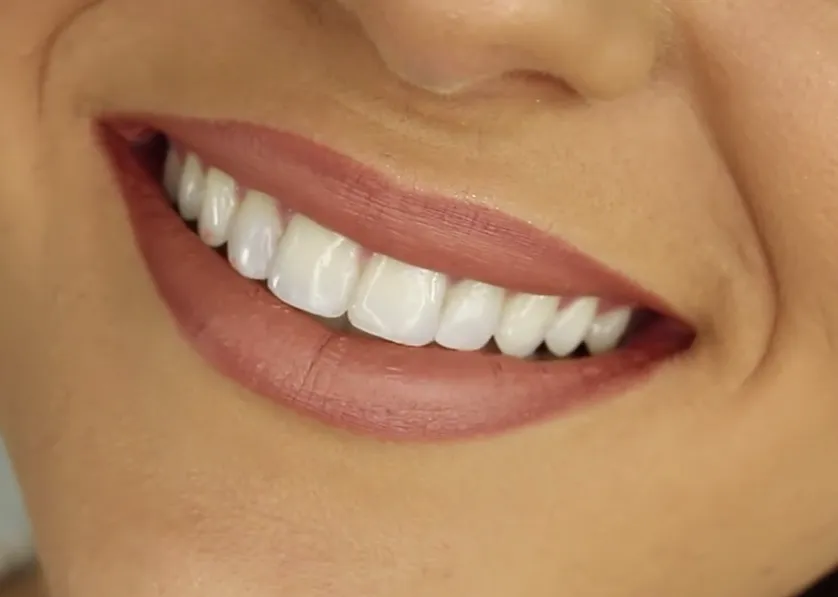
Preventing gum irritation during tooth whitening involves several precautions. If using at-home kits, ensure that the mouth trays fit properly and are not overfilled with the bleaching agent. In professional settings, the dentist should apply a protective barrier to the gums before the whitening treatment. Using a low-concentration whitening product can also reduce the risk of irritation. After whitening, rinsing your mouth thoroughly with water or a fluoride rinse can help to remove any residual bleaching agent and soothe irritated tissues.
Fact 4 Tooth Discoloration
Tooth whitening doesn’t always provide the desired results for everyone. In some cases, tooth whitening can lead to uneven or patchy discoloration, where some areas of the teeth whiten more than others. This can be particularly noticeable if the teeth have existing fillings, crowns, or other dental work. The original color of your teeth, the type of stains, and the whitening method all play a role in the final outcome. Furthermore, certain types of tooth discoloration may not respond well to whitening treatments at all.
Types of Discoloration
Tooth discoloration can be categorized into two main types intrinsic and extrinsic. Extrinsic stains affect the surface of the enamel and are often caused by food, drinks, and smoking. Intrinsic stains originate from within the tooth structure and may be caused by medications, aging, or dental trauma. Whitening treatments are more effective on extrinsic stains, while intrinsic stains may require more advanced treatments, such as veneers or bonding.
Whitening Doesn’t Work on
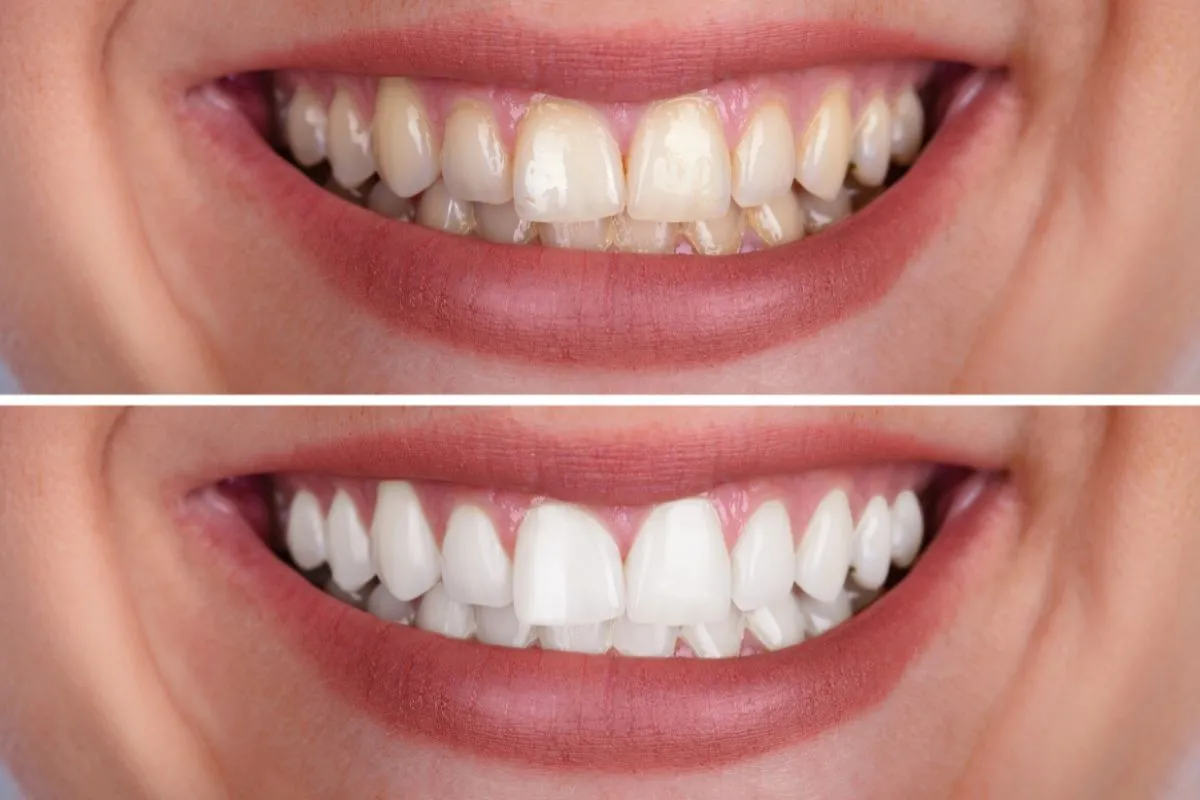
Tooth whitening will not whiten existing dental work, such as fillings, crowns, or veneers. The whitening agents only affect natural tooth enamel, and they will not change the color of these artificial materials. This can lead to an uneven appearance, with the natural teeth becoming lighter while the dental work remains the same shade. If you have extensive dental work, it’s essential to discuss this with your dentist before undergoing any whitening treatment, as you may need to consider replacing the dental work to achieve a uniform look.
Fact 5 Existing Dental Work
Tooth whitening treatments do not affect the color of existing dental work, such as fillings, crowns, and veneers. These materials are designed to be resistant to staining, but they also do not respond to the bleaching agents used in whitening. This means that while your natural teeth may become whiter, your dental work will remain the same shade, potentially leading to an uneven appearance. Therefore, it’s crucial to consider the presence of dental work before starting any whitening treatment and to discuss your options with your dentist.
Impact on Fillings, Crowns, and Veneers
Fillings, crowns, and veneers are made from materials like composite resin, porcelain, or metal alloys, which do not react to the bleaching agents in the same way as natural tooth enamel. As a result, they will not lighten with the whitening treatment. This contrast can be particularly noticeable with front teeth. If you have these, your dentist might recommend replacing them to match your newly whitened teeth, or if the current dental work is in good condition, you might want to consider other whitening options.
Alternative Whitening Options
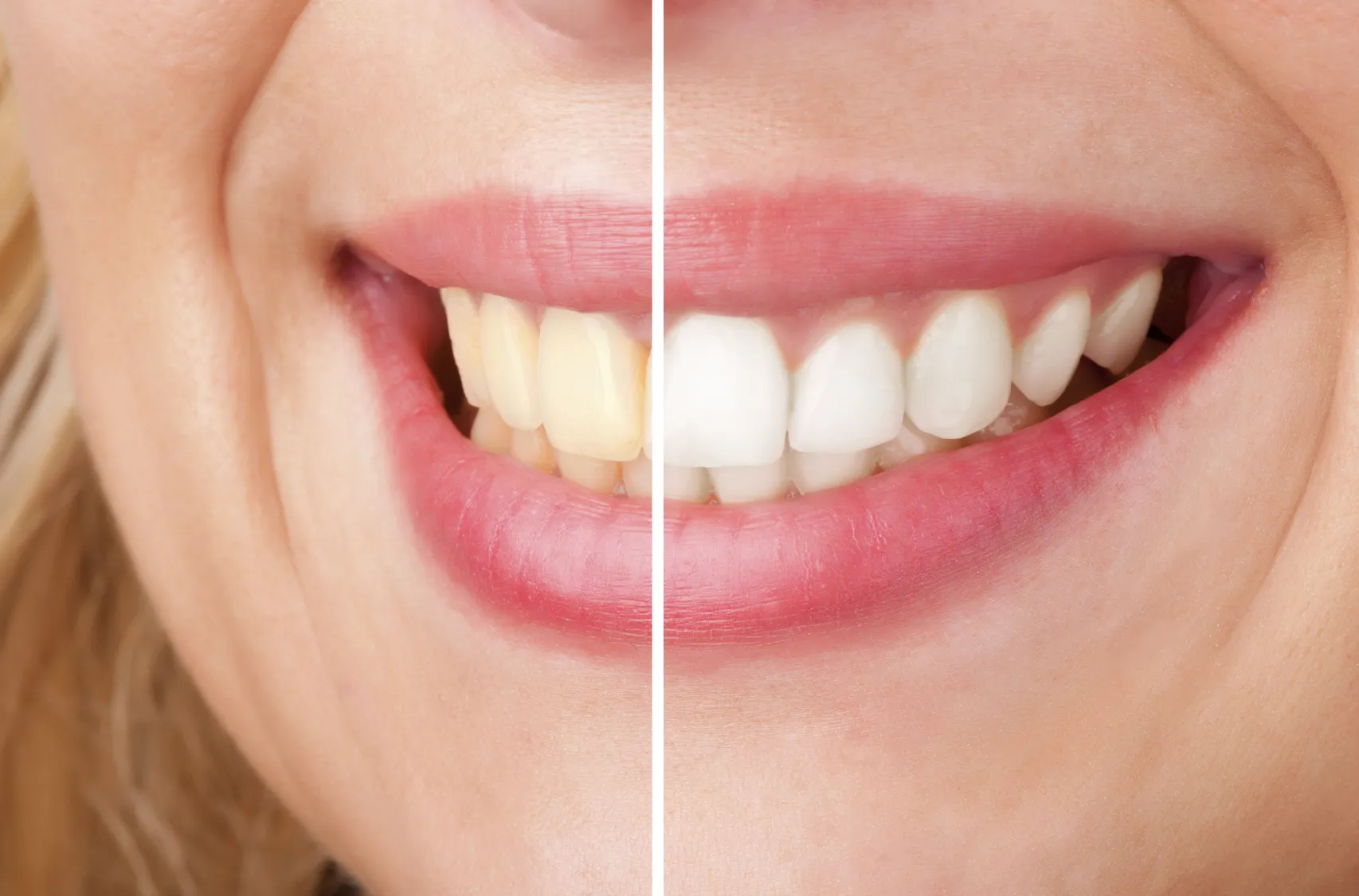
If you have existing dental work or are concerned about the potential risks of tooth whitening, there are several alternative options available. These include professional cleaning to remove surface stains, veneers, which are thin shells bonded to the front of teeth to improve their appearance, and bonding, where a tooth-colored resin is applied and shaped to the teeth. Your dentist can help you to determine the best whitening strategy based on your individual needs and dental health.
Conclusion
Tooth whitening can be a highly effective way to brighten your smile, but it’s essential to be aware of the potential risks and take appropriate precautions. By understanding the top five facts about tooth whitening and its impact on your oral health, you can make informed decisions and work with your dentist to achieve a brighter smile while minimizing potential damage. Remember to prioritize your enamel health and seek professional guidance to ensure safe and effective results. Regular dental checkups and a good oral hygiene routine are also essential to maintain a healthy and beautiful smile. Consider all your options and the potential risks before you embark on the journey to a whiter smile.
